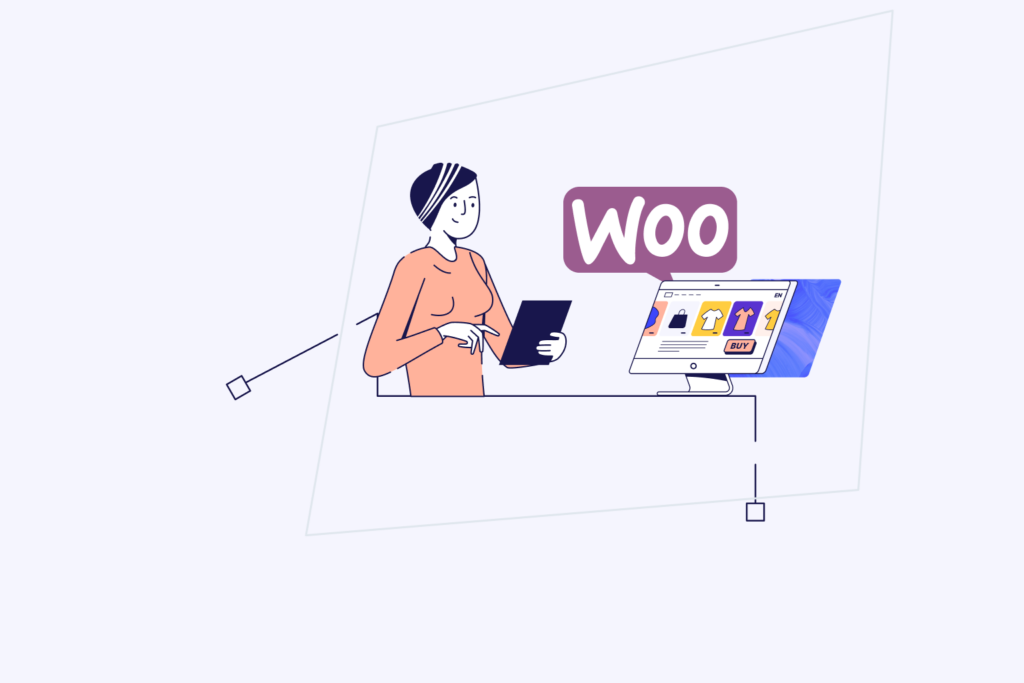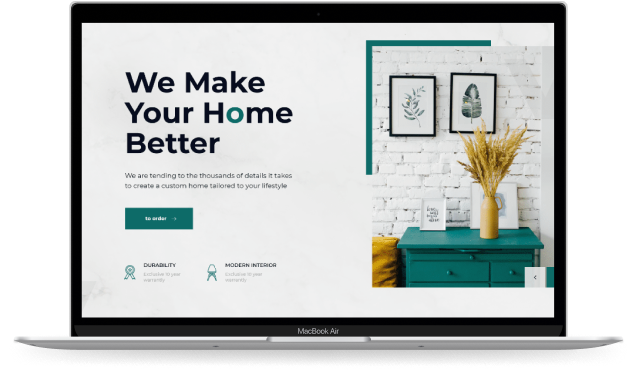In an increasingly digital age, your website acts as the storefront of your business. Its design can significantly influence potential customers’ decisions, with effective design being a crucial factor driving online sales. In this post, we’ll delve into how strategic website design can enhance your customers’ experience and, ultimately, increase your revenue.
The Relationship Between Website Design and Online Sales
Impact of Web Design on Business Perception
Website design serves as more than an aesthetic element; it carries a substantial influence on how your business is perceived by visitors. A professionally designed, user-friendly website sends a positive message about your business and its values. It communicates your business’s dedication to customer satisfaction and quality service.
Facilitating the Buyer’s Journey
A well-designed website guides visitors through the buying journey seamlessly. It makes the process of product discovery to final purchase smooth, thereby reducing the chances of customer drop-off mid-purchase. A site that’s easy to navigate and makes information readily available boosts user confidence, ultimately leading to increased sales.
Importance of a Clean and Professional Design
First Impressions Matter
In the digital realm, first impressions are often the only impressions. Users can form an opinion about your site—and by extension, your business—within seconds. A clean, professional website design builds trust and lends credibility to your brand, signaling that you value quality, attention to detail, and customer experience.
Embodying Brand Values Through Design
Consider the example of Apple’s minimalistic and clean website design. It reflects their commitment to quality, simplicity, and user-centered design principles, encouraging visitors to explore their offerings and eventually make a purchase. Your website design should, therefore, serve as an extension of your brand values and identity.
User-Friendly Navigation and Site Structure
Ease of Navigation
An intuitive site structure is critical to providing an excellent user experience. Easy navigation means that visitors can find what they’re looking for without unnecessary clicks or backtracking, reducing user frustration and the chance of website abandonment.
Simplifying the Path to Purchase
Clear product categories, an effective search function, and a logical page hierarchy simplify the path to purchase. The easier it is for a visitor to find a product, add it to their cart, and complete their purchase, the more likely they are to do so. Streamlining this process can lead to significant increases in sales by reducing instances of cart abandonment.
Responsive and Mobile-Friendly Design
The Surge of Mobile Shopping
In the current digital age, the majority of online shopping happens on mobile devices. Therefore, having a website that performs equally well across all devices is not just an option but a necessity. With more people browsing and buying on their phones, businesses must ensure that their website design caters to this mobile trend.
Ensuring a Consistent User Experience
A responsive and mobile-friendly design ensures a consistent user experience, irrespective of the device used. Whether it’s a desktop computer, a tablet, or a smartphone, your website should provide the same level of functionality and ease of use. This uniformity can enhance brand perception and loyalty, encouraging visitors to engage more with your site.
The Impact on Sales
A mobile-friendly website doesn’t merely improve user experience—it directly impacts sales. By facilitating smooth navigation and interaction, responsive design encourages visitors to stay longer, explore more, and ultimately, make a purchase. Studies consistently show a correlation between mobile-friendly design and higher conversion rates.
The Role of Compelling and Clear Call-to-Actions (CTAs)
Guiding Users Towards Action
CTAs act as your primary tool for guiding users towards the desired actions. An effective CTA is clear, concise, and prompts immediate action, encouraging the user to move forward in their purchasing journey.
The Art of Crafting Compelling CTAs
Strategically placing and designing your CTAs can significantly increase their effectiveness. Contrasting colors can make your CTA buttons stand out, while actionable language can create a sense of urgency, encouraging users to click. Personalizing CTAs based on user behavior or interests can further boost conversion rates.
CTAs and Conversion Rates
CTAs serve as pivotal touchpoints in the sales funnel, guiding users from browsing to purchasing. They’re instrumental in directing user flow, reducing bounce rates, and ultimately, driving conversions. A well-crafted CTA can significantly increase your site’s conversion rate, impacting your bottom line.
The Use of High-Quality Images and Videos
The Power of Visuals in eCommerce
In eCommerce, where physical inspection of products is not possible, high-quality images and videos take on significant importance. They offer the closest thing to a ‘hands-on’ experience, allowing users to visualize the product and its details better.
Enhancing Product Insights with Quality Visuals
Detailed, high-quality visuals can provide a wealth of information about the product. They can highlight key features, demonstrate usage, or convey the product’s quality or aesthetic appeal. By presenting your products in the best light possible, you can captivate users and influence their purchase decisions.
Visuals and Conversion Rates
A picture may speak a thousand words, but in eCommerce, it could also translate into thousands of dollars. Studies show that high-quality visuals can increase engagement, enhance trust, and lead to higher conversion rates. As such, investing in professional product photography or videos can yield significant returns.
Speed and Performance Optimization
The Need for Speed in a Fast-Paced World
In a world where fast is never fast enough, site speed and performance significantly impact user experience. Users expect pages to load quickly, and even a small delay can lead to a considerable bounce rate. In this age of instant gratification, ensuring your website loads swiftly is crucial to keeping your audience engaged.
How Performance Affects Customer Retention
A slow-loading website can be incredibly frustrating for users, leading to high abandonment rates. Studies show that a delay of even a few seconds can result in a significant drop in customer satisfaction, negatively affecting your website’s retention rate. Continually optimizing your website for speed and performance can enhance the user experience, leading to better customer retention.
Speed Optimization and Sales Conversion
Not only does speed optimization improve the overall user experience, but it also has a direct impact on sales conversion rates. Faster websites result in quicker browsing, increasing the likelihood that users will complete a purchase. Thus, focusing on speed and performance optimization can significantly boost your sales.
Customer Testimonials and Trust Signals
Building Trust in the Digital Space
Trust plays a fundamental role in the digital marketplace. Customer testimonials, reviews, and trust signals (such as security badges) add credibility to your business. They serve as proof that other people have had positive experiences with your company, which can significantly influence a user’s decision to purchase.
The Impact of Testimonials and Reviews
Customer testimonials and reviews serve as powerful tools to build trust and credibility. They provide potential customers with real-life experiences and opinions about your products or services, offering an unbiased perspective that can sway purchasing decisions.
Trust Signals and Conversion Rates
Trust signals like security badges, accreditations, or ‘https’ in your URL reassure visitors that your website and business are legitimate and safe. Displaying these trust signals prominently can foster trust, reduce purchasing anxieties, and consequently increase conversions.
Simple and Secure Checkout Process
Reducing Complexity in Checkout
A complicated checkout process is one of the leading causes of cart abandonment. Streamlining your checkout process—keeping it simple, transparent (no hidden costs), and secure—can significantly enhance the user experience, leading to more completed purchases.
Importance of Transparency and Security
Customers value transparency and security, especially during checkout. Providing clear information about costs, ensuring data security, and offering various payment options can alleviate users’ anxieties, making them more likely to complete their purchase.
Checkout Optimization and Conversion Rates
Simplifying the checkout process can have a significant impact on your conversion rates. A streamlined, secure, and transparent checkout process reduces barriers to purchase, decreasing cart abandonment rates and increasing the likelihood of sales conversion.


